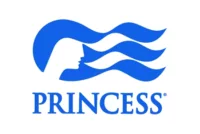Visiting:
Far East

Princess Cruises
No matter what you love, you’ll find it on a cruise with Princess, the original Love Boat®. Award-winning food, awe-inspiring adventures in port and entertainment that wows. The line’s friendly crew and luxurious staterooms make you feel at home and always welcome.
2670
Passengers
1100
Crew
2004
Launched
2019
Last refit
115875t
Tonnage
290m
Length
48.5m
Width
22kts
Speed
19
Decks
USD
Currency
Cruise Itinerary
Ship Details


Princess Cruises
Diamond Princess
Tour our vessels, from staterooms to public venues
Every Princess ship is a destination in itself with wide-ranging amenities, elevated culinary experiences and delightful activities.
Cabins
All Prices
















